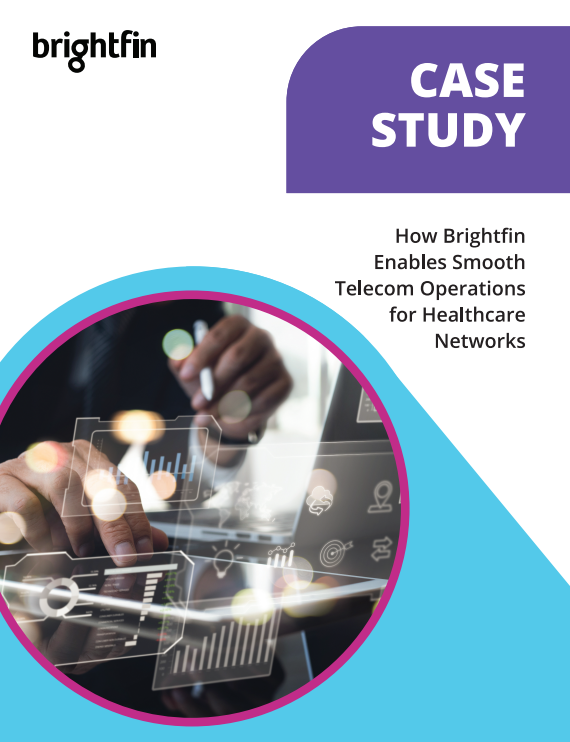Technology expense management (TEM) is a relatively new kind of system which helps companies manage how much they spend on company technology assets, expenses, and services. TEM takes into account the computers, mobile devices, phones, and tablets used for company communications. These devices may be company-owned, or employee-owned personal devices (BYOD). It isn’t enough to have a TEM services strategy in place. To make the most out of TEM, companies have to follow best practices in using the software.
Technology Inventory Management
Before using TEM services, companies need to know how many devices will be in use and predict how much bandwidth will be required. In addition, the inventory should show how much data is used by the office and remote users, cloud storage, and software. With TEM, IT data is stored in a single repository. This ensures that all information is captured, which enables sharing across the network or workgroups. A central repository also allows for more efficient searches.
With TEM, it’s easier to understand your technological assets and complete software and hardware upgrades because the IT department no longer requires the device in the office. All upgrades and updates can be done remotely from wherever the user is located. Hardware upgrades and any necessary data migration can also be done with ease. Additionally, procurement becomes a painless process because the vendors have been pre-screened. The user gets his new device, and, after installing the necessary software, he can access the network from the central database.
In addition to the software and hardware, proper inventory management leads to handling financial contracts and invoices better. With all of the contracts and invoices in one place, companies can compare costs and services with their goals and budget. It also makes sure that contracts are renewed when they’re due, which prevents a lapse in coverage. By having all of the financial aspects in one place, there is greater transparency within the company. TEM can assess the uses and advantages of specific telco services and audit the IT and telco departments to make sure that their expenses match up with their output. The automated system also generates invoices, which ensures that vendors are paid on time and that the services live up to specifications.
Support and Incident Management
A primary benefit of TEM solutions is that it lowers expenses and provides better support with incident management. This helps management personnel see the forest through the trees. If managers rely on a person to generate a report each time an employee encounters a problem, they would be using up a lot of resources on such a specific task. Compound that by requiring that person to look for patterns throughout technology failures, and the company is out even more time and money. A working incident management system can use tokens or tickets and create at-a-glance capabilities to show which units are currently down and how often they go out. This provides invaluable information to management regarding which technologies are saving them time and money and which ones are causing them to bleed resources.
Big Data and Business Intelligence
Using an automated system for enterprise-wide IT implementation generates a lot of data that can be analyzed for usage, cash flow, and efficiency. TEM can analyze trends from the data it collects, which can be used to direct management in the acquisition or termination of different technologies and assets. It also generates numerous kinds of reports for trend analysis purposes, so management can make sure that the company’s communication goals stay on track.
TEM is not just a tool, but should play a major role in your business strategy. It forces companies to evaluate the way they communicate, and the gathered data can help the company predict its future outputs. It is expected that corporate communications will continue to grow in the coming years and take up a large portion of the yearly budget. Successfully implementing an expense management solution within your company now can put you one step ahead in the game.




